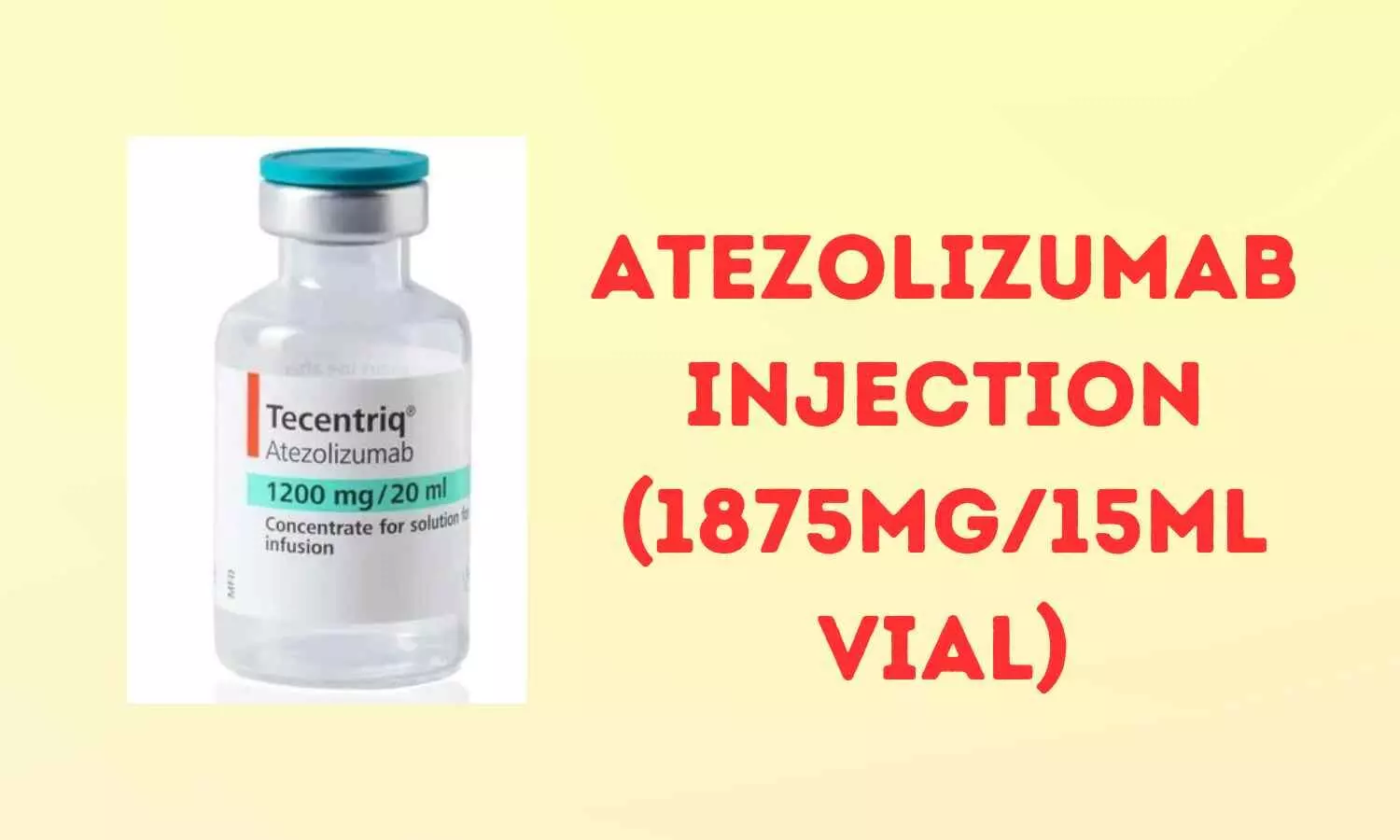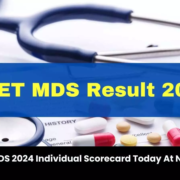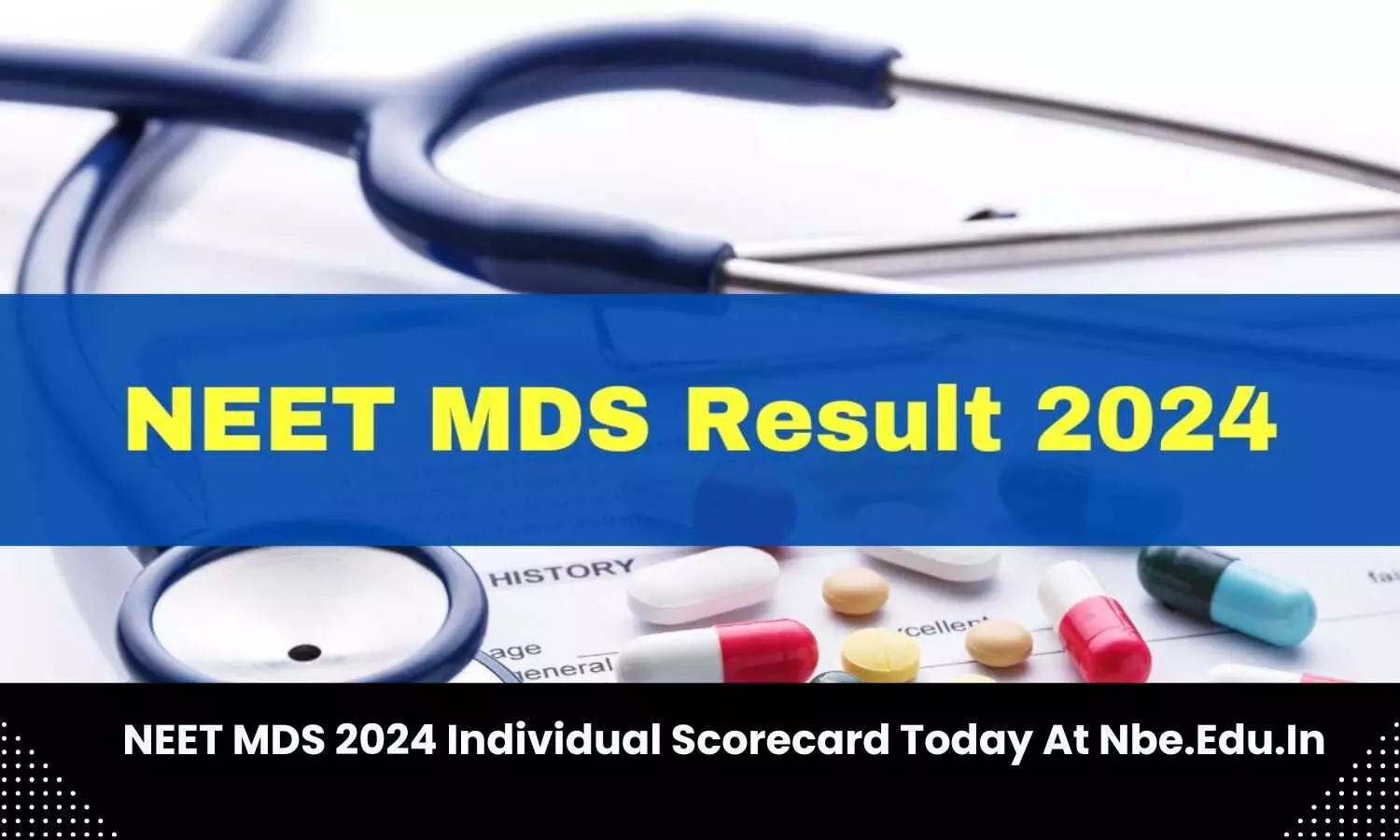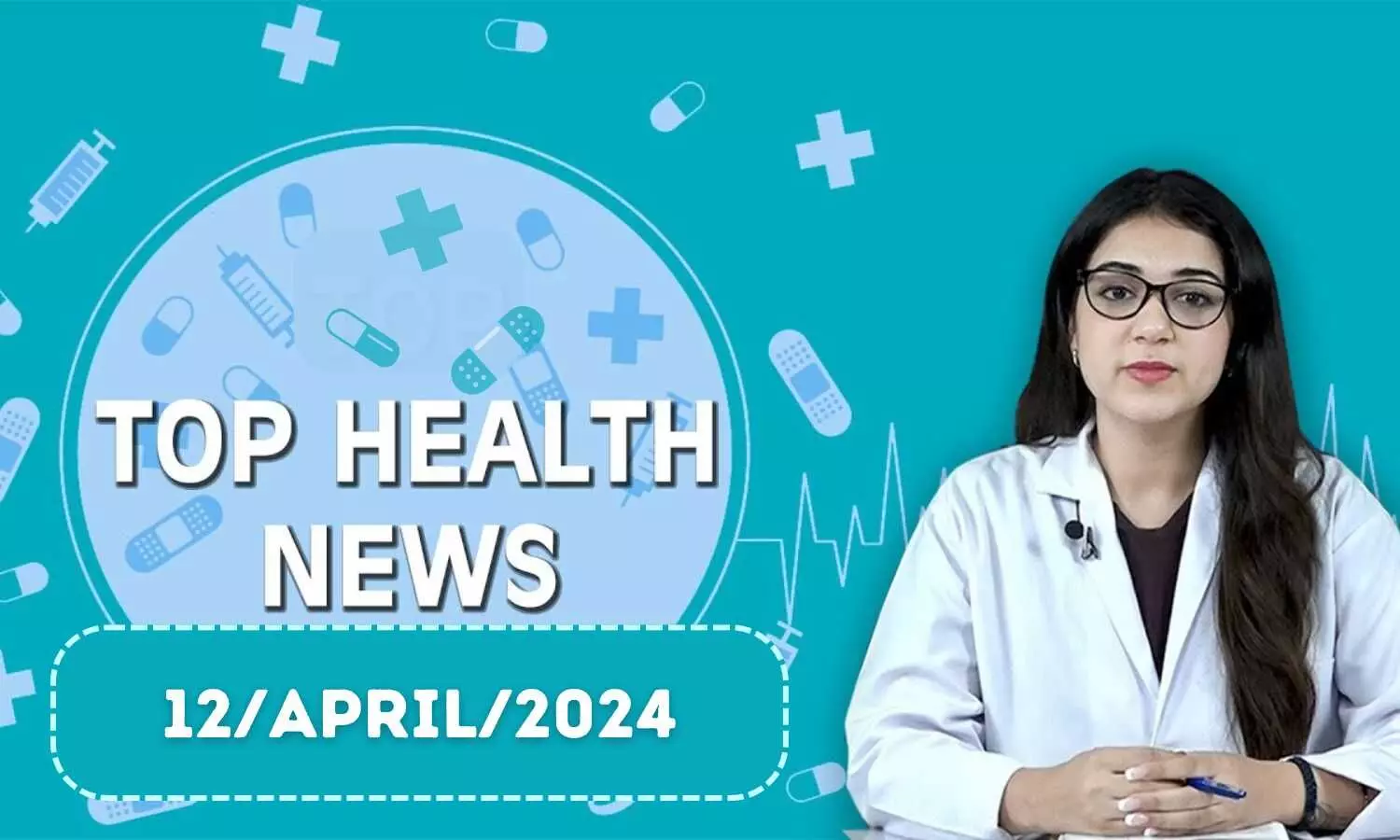Vitamin D concentration above 30 ng/mL may protect against gestational diabetes in twin pregnancy: Study
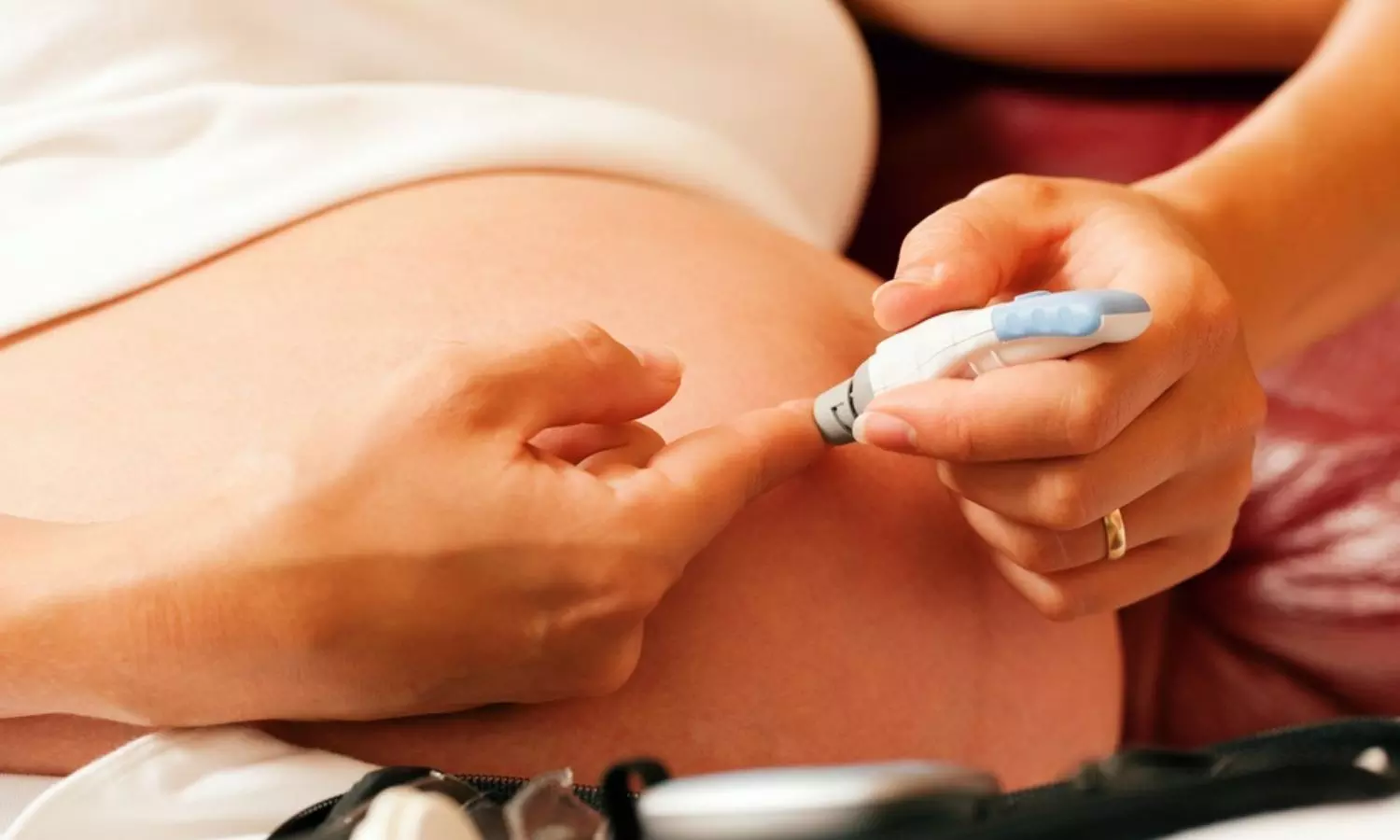
China: A recent study revealed a significantly lowered risk of gestational diabetes mellitus (GDM) in twin pregnant women with vitamin D concentrations ≥ 30 ng/mL in the second trimester. The findings were published online in Nutrition Journal on April 10, 2024.
Gestational diabetes is a common complication of pregnancy, with significant short-term and long-term effects for both mothers and their offspring. Previous studies have shown the potential benefits of vitamin D in reducing GDM risk, yet not much is known about this association in twin pregnancies. To fill this knowledge gap, Li Wen, Chongqing Health Center for Women and Children, Chongqing, China, and colleagues aimed to investigate maternal vitamin D status in the second trimester and determine its association with the risk of GDM in twin pregnancies.
For this purpose, they conducted a prospective cohort study based on Chongqing Longitudinal Twin Study (LoTiS) data. To measure 25(OH)D concentrations, peripheral blood serum was collected from the mothers in the second trimester. Gestational diabetes was diagnosed at 23–26 weeks of gestation using a 75-g 2-h oral glucose tolerance test. The correlations between vitamin D status and GD risk were also examined.
The study revealed the following findings:
· Of the total participants, 29.9% of women were diagnosed with GDM.
· The mean serum 25(OH)D concentration in the second trimester was 31.1 ± 11.2 ng/mL, and the rate of vitamin D insufficiency and deficiency were 23.5% and 18.7%, respectively.
· Compared to women with a 25(OH)D concentration < 30 ng/mL, those with a 25(OH)D concentration ≥ 30 ng/mL had a significantly lower risk of GDM (RR 0.61), especially those who were overweight before pregnancy (RR 0.32).
· The restricted cubic splines model showed an inverted J-shaped relationship between vitamin D concentrations and GDM risk.
In conclusion, the risk of GDM was significantly reduced in those with vitamin D levels ≥ 30 ng/mL in the second trimester in twin pregnant women with vitamin D concentrations < 30 ng/mL in the second trimester. The researchers found a nonlinear association between vitamin D concentrations and GDM incidence, with 30 ng/mL considered as the cutoff for the vitamin D concentration that could significantly reduce GDM risk in twin pregnancies.
“There is a need for further multicenter research to provide more evidence elucidating the relationship between vitamin D and GDM in twin pregnancies,” the researchers concluded.
One limitation was the study’s single-center design, which limits the findings generalizability of the findings. Another limitation was the lack of accurate data on vitamin D supplementation during the second trimester.
Reference:
Li, Dy., Wang, L., Li, L. et al. Maternal vitamin D status and risk of gestational diabetes mellitus in twin pregnancies: a longitudinal twin pregnancies birth cohort study. Nutr J 23, 41 (2024). https://doi.org/10.1186/s12937-024-00944-2
Powered by WPeMatico





